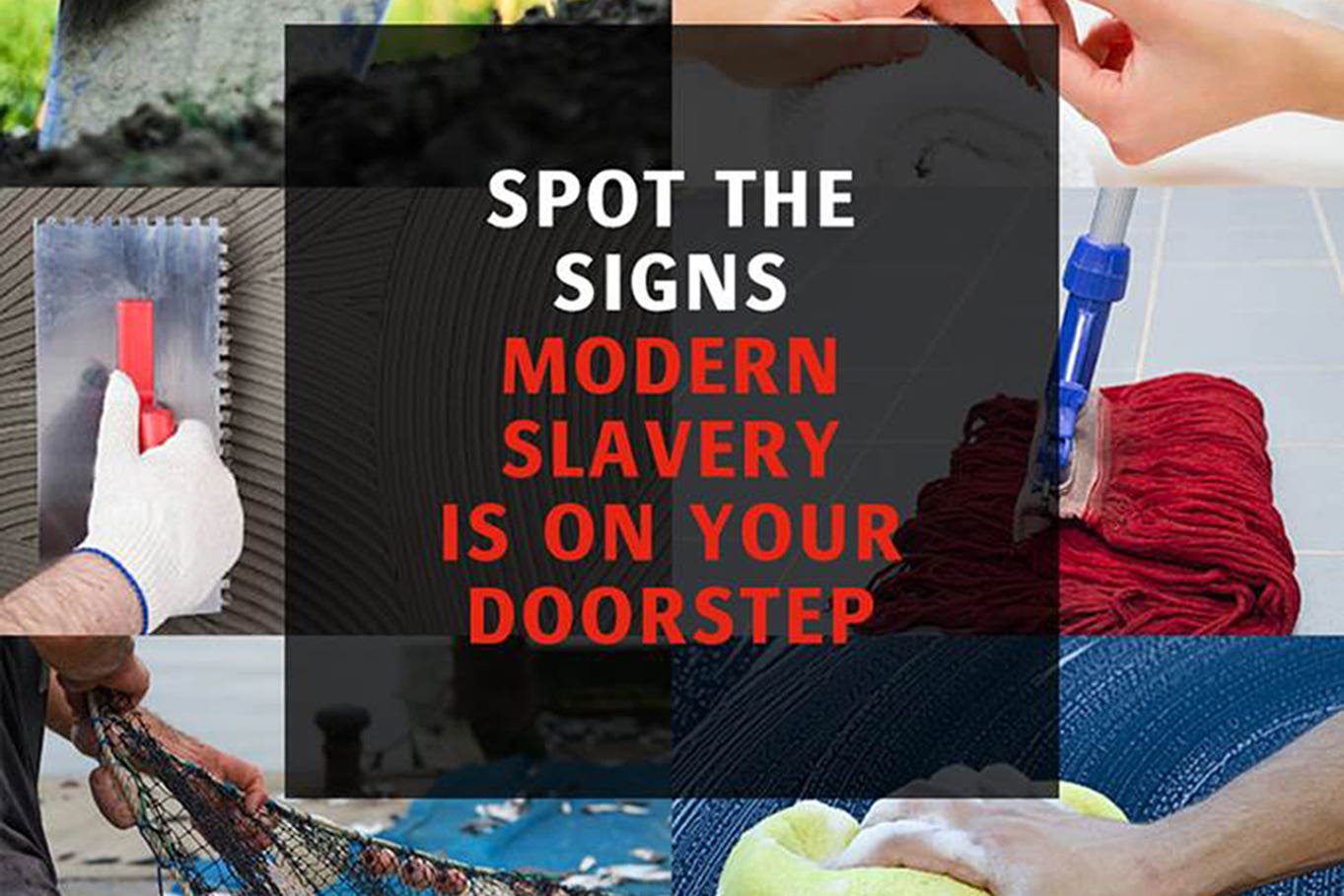Potential modern slavery victims at new high in first quarter of 2023
Albanian nationals were the most commonly referred nationality, followed by UK nationals and then Sudanese.

Your support helps us to tell the story
From reproductive rights to climate change to Big Tech, The Independent is on the ground when the story is developing. Whether it's investigating the financials of Elon Musk's pro-Trump PAC or producing our latest documentary, 'The A Word', which shines a light on the American women fighting for reproductive rights, we know how important it is to parse out the facts from the messaging.
At such a critical moment in US history, we need reporters on the ground. Your donation allows us to keep sending journalists to speak to both sides of the story.
The Independent is trusted by Americans across the entire political spectrum. And unlike many other quality news outlets, we choose not to lock Americans out of our reporting and analysis with paywalls. We believe quality journalism should be available to everyone, paid for by those who can afford it.
Your support makes all the difference.The number of potential victims of modern slavery in the UK rose by more than a quarter in the first three months of 2023 compared with the same period last year and is at the highest level since the system to identify them began.
A total of 4,746 potential victims were referred to the Home Office from January to March, new figures show.
That is an increase of 26% from 3,773 in the first quarter of 2022, and a rise of 7% on the period October to December.
The number of people referred into the National Referral Mechanism (NRM) – a system which identifies potential victims of modern slavery and human trafficking so their case can be considered – in the first three months of this year was the highest since the scheme started in 2009, the Home Office said.
Albanian nationals accounted for almost a third (31%) of all potential victims, making up 1,452 of the total number.
British nationals were the second most commonly referred nationality at 1,163, making up 25% of the total, while the third most common nationality was Sudanese at 226, making up 5%.
The Home Office said referrals for Albanian nationals reached the highest number and proportion since the NRM began, and were higher than UK nationals for the fifth consecutive quarter.
Referrals for British nationals reached their highest quarterly figure since the scheme began, having grown since July to September 2021.
Most potential victims referred to the NRM in the first quarter of this year were male (77%).
Among adult potential victims, 74% were male and 26% were female, while among child potential victims 81% were male and 19% were female.
More than half (55%) of referrals in the first part of the year were potential victims claiming exploitation as adults, while 40% claimed exploitation as children and the age at exploitation was unknown in the other 5% of cases, the Home Office said.
It added that the number of potential victims claiming exploitation as adults this quarter is the highest since the NRM began.
Just over half (51%) of potential victims claimed exploitation in the UK only, while 36% claimed exploitation overseas only.
The Home Office said that after a substantial decrease in the first half of 2020, referrals for those claiming exploitation in the UK only have risen to their highest number since the scheme began.
Labour exploitation was the most commonly reported type of exploitation for adult potential victims, making up 31%, while for child potential victims it was criminal exploitation (44%).
The Home Office said county lines referrals were at their lowest number for any quarter since January to March 2020.
So-called county lines networks are drug gangs run from urban bases that stretch out to customers in rural areas using young and vulnerable people as couriers.
There were 409 county lines referrals in the period January to March this year, making up 9% of all referrals received, with 70% of these referrals for boys.
The role of anti-slavery commissioner remains vacant after Dame Sara Thornton left the post in April 2022.
Last month, speaking during the opening session of the Home Affairs Committee’s new inquiry into human trafficking, she described the failure to find someone to replace her as “deeply regrettable” and suggested there could be a conflict of interest with the Home Office being in charge of the appointment.
Separate statistics also released by the Home Office on Thursday suggested that between January and September 2022, people arriving on boats having crossed the Channel “were no more likely to be referred into the NRM” than those referred from the overall asylum population.
The department said of the 63,032 people who claimed asylum in that period, about 7% (4,575) were referred into the NRM.
Of 33,029 people who arrived on boats, about 7% (2,401) were referred to the NRM, the Home Office said.
But it added that of the 1,305 people detained for return after arriving on a boat having crossed the Channel in this period, 65% were referred to the scheme.